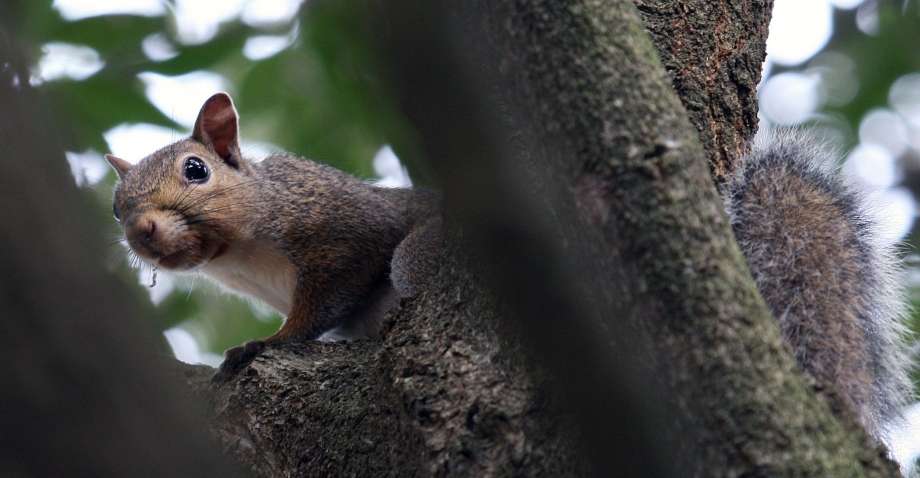Most of the globe, excluding Australia and Antarctica, has a natural squirrel population, meaning most people are aware of the agility of the species. Still, that doesn’t stop people from feeling amazed as they witness squirrels scurrying down trees as fast as they shot up the trunk. The speed is not an indicator of mutant squirrels requiring removal in Kitchener; rather, it is a normal behaviour made possible by the animal’s build and attributes.
If you are like most people, you have probably witnessed a squirrel hanging upside down from a birdfeeder or a tree branch, as it reaches for seed, nuts, or other food and treats. The exceptional grip strength and contortive behaviour are not equivalent in all species of squirrel, but it is prevalent in the grey and flying squirrels.
Tree Squirrels and Ground Squirrels
As a species, squirrels can be divided into two subgroups: tree and ground squirrels. Ground squirrels burrow and nest underground, and when threatened, typically retreat to underground dwellings. While the ground squirrel can climb, it can typically only reach heights of two to three feet. The animal is also less adept at climbing and prefers the ground.
Alternatively, tree squirrels, like the gray or flying squirrel, prefer heights and feel vulnerable on the ground. While tree squirrels will bury food, they will not nest, sleep, or retreat to burrows or underground shelters. If a tree squirrel ends up in your house, it will likely find its way into an attic space or chimney.
Tree squirrels are the animals you see hanging upside down from branches or running down a tree trunk. The animals have evolved to be effective and agile climbers.
Tree Squirrel Characteristics
A tree squirrel might not look like much at first glance, but upon closer inspection, you might realize the intelligence of the animal’s design. From the tail to the bone structure, tree squirrels are built to live life at great heights.
If you watch closely as a squirrel leaps from branch to branch, you will notice it using its tail like a rudder on a ship, carefully steering its body to stay the course. As it approaches the branch, you will see the squirrel spread out its hands, allowing its claws to make first contact with the tree. The sharpness of a squirrel’s claws enables it to maintain a firm grip on a tree, allowing the animal to run up and down with ease.
Additionally, because of its flexible ankles, a squirrel can hang upside down from its hind legs. Unlike most rodents, a squirrel has swivelling ankle joints, providing 180° of swivel.
Appreciate Squirrels From Afar
Squirrels are spectacular animals, and they deserve admiration and respect, as does all wildlife. However, people often confuse respect with affection and connection.
Human beings need connection, and that need often drives relationships, which is fine when discussing other people, or even pets. Squirrels are wild animals, and they prefer little interaction with humans.
While it might make a person feel good to feed squirrels and train them to do tricks like hand-feeding, it is not always in the animal’s best interest. A squirrel can become too dependent on people for food, resulting in an inability to survive in the wild.
While you can put squirrel feeders in your yard, try to limit human interactions. Respect wildlife and set boundaries.
If you have too many squirrels around your property or have an overly persistent squirrel that broke into your house, contact Skedaddle Humane Wildlife Control. The company will send a wildlife technician to assess your property and determine the best course of action for moving forward, including exclusion devices and tactics.



